X-ray
X-Ray Appointments & Walk-Ins
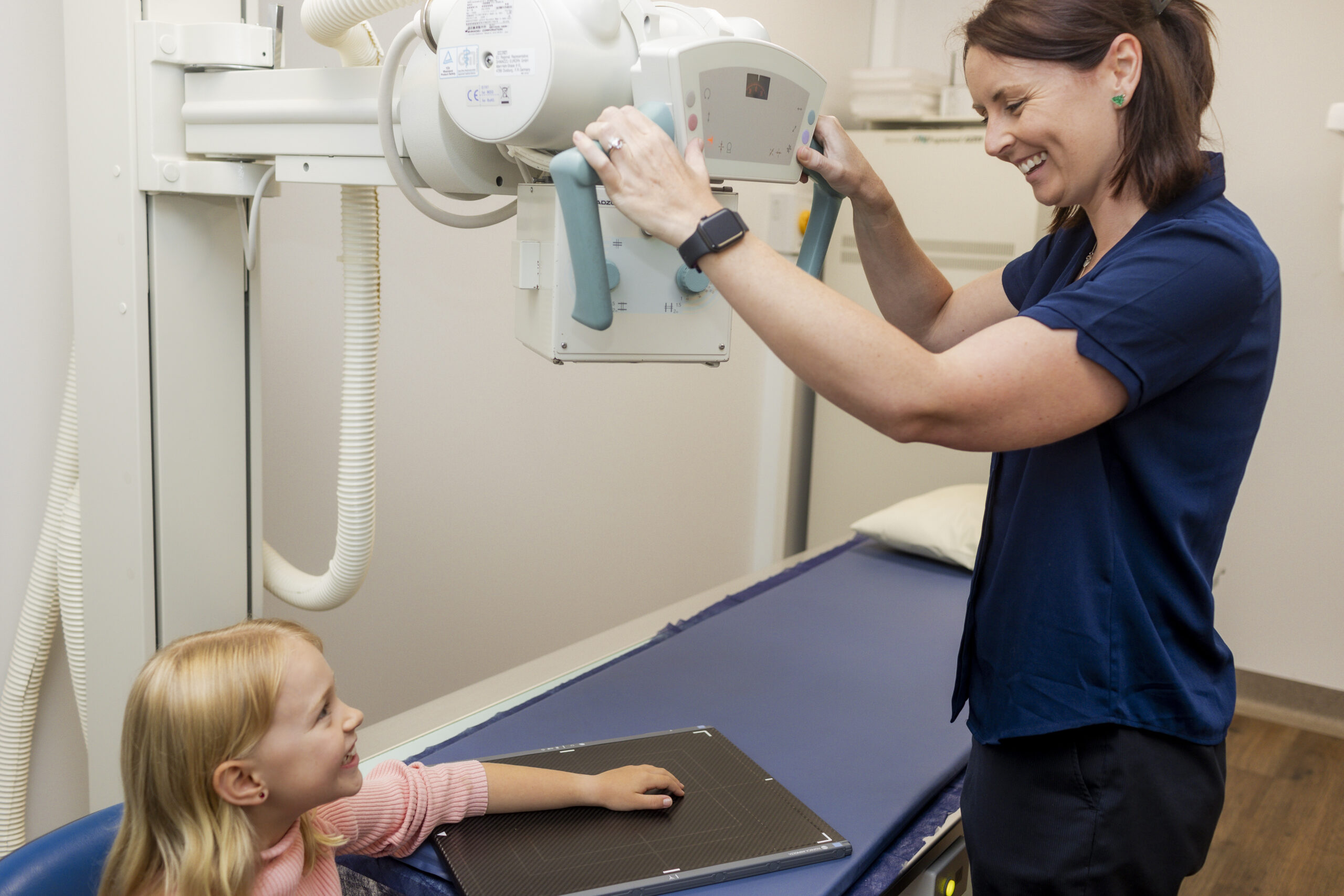
X-ray Imaging: Insight Beneath the Surface
An X-ray is a powerful medical imaging technique that employs a small amount of radiation to produce images of the inside of your body. Commonly used to visualize bones, X-rays can also help diagnose and monitor various conditions by giving insight into areas such as the lungs, chest, and abdomen. Doctors often refer patients for X-rays to diagnose fractures, detect infections, locate foreign objects, or monitor the progression of diseases. **On Radiation Dose:** It’s natural to have concerns about radiation. However, the radiation dose from standard X-rays is generally quite low. In fact, the exposure from a single X-ray is roughly equivalent to the amount of natural background radiation one might receive over a few days. Rest assured, the benefits of accurate diagnosis and effective treatment far outweigh the minimal risks associated with plain radiographs. At GXU you do not need an appointment for x-ray, just visit us at your local practice.
Dental X-ray & OPG: Revealing Your Smile's Inner Secrets
A dental X-ray, including Orthopantomogram (OPG) scans, offers a detailed view of the mouth that goes beyond what can be seen with the naked eye. This imaging technique provides essential insights into the health of your teeth, jawbone, and surrounding oral structures. Whether it’s identifying cavities hiding between teeth, examining the roots of a troublesome tooth, or evaluating the jaw for orthodontic treatments, dental X-rays play a pivotal role in comprehensive oral care. Doctors and dentists recommend these images to ensure timely interventions and optimal dental health.



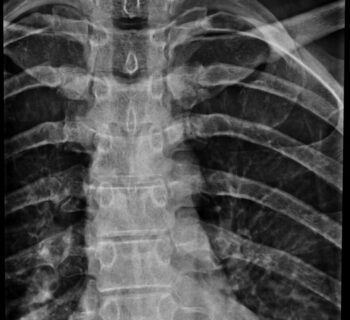
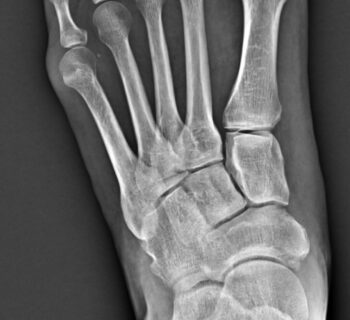
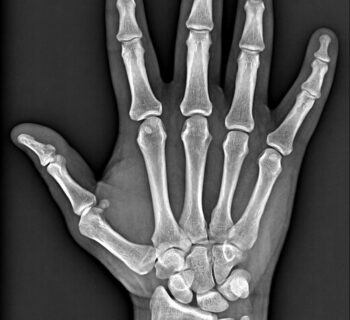
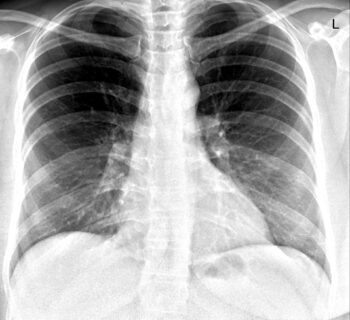
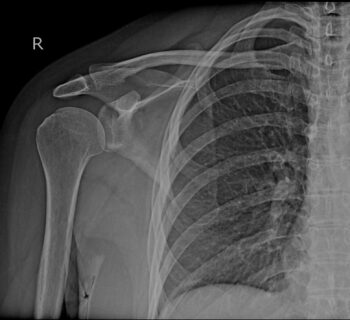
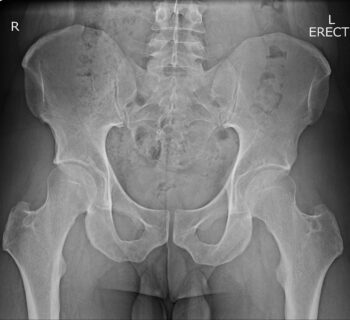

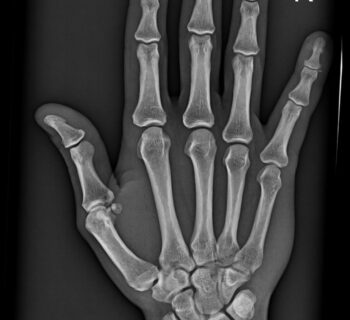
More Information about X-ray
Radiography is the imaging of body structures using X-rays, which are a form of radiation similar to visible light and microwaves. X-radiation is special because it has a very high energy level that allows the X-ray beam to penetrate through the body and create a picture. The picture is created because the X-ray beam is absorbed differently by different parts of the body. Bone is dense and so absorbs a high percentage of the X-ray beam, and appears light grey on the image. Lower density structures like soft tissues absorb a small percentage of the X-ray, and this appears dark grey on the image. The body has many different structures of varying densities and the differences create the picture.
Before undergoing an X-ray, it’s advisable to wear comfortable, loose-fitting clothing. Depending on the area of the body being imaged, you might be asked to change into a gown. It’s important to remove all metallic objects, including jewelry, eyeglasses, and certain types of clothing fasteners, as these can interfere with the imaging. Inform the radiographer of any possibility of pregnancy or if you have any implanted medical devices.
One of our experienced radiographers will position you in a way that best captures the area of interest, which might mean lying down, standing, or sitting, depending on the specifics of the scan. The machine may be adjusted close to your body, but it won’t touch you. You’ll be asked to remain still, and in some cases, to hold your breath briefly to ensure clear images. The actual X-ray process is painless and quick, often lasting just a few minutes.
The time that it takes your doctor to receive a written report on the test or procedure you have had will vary, depending on:
- the urgency with which the result is needed
- the complexity of the examination
- whether more information is needed from your doctor before the examination can be interpreted by the radiologist
- whether you have had previous x-rays or other medical imaging that needs to be compared with this new test or procedure (this is commonly the case if you have a disease or condition that is being followed to assess your progress)
- how the report is conveyed from the practice to your doctor (in other words, email, fax or mail)
Please discuss any specific questions about X-rays with a doctor or medical specialist.



